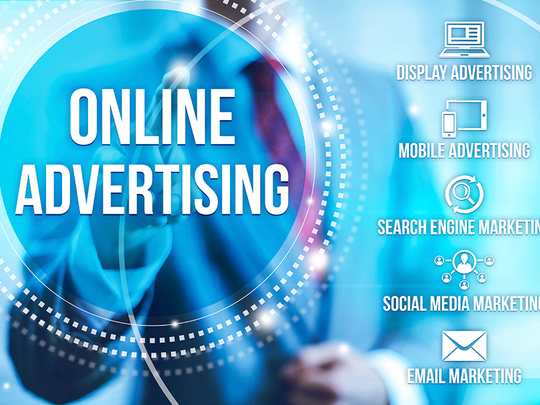
Dubai: Local advertisers better keep a close eye on where their digital ad dollars are going — chances are “(ro) bot viewers” or fake sites may pick them clean if they don’t. And by the looks of it, they shouldn’t be spending too much time on what their counter strategy should be,
“We have seen several attempts made by local publishers to increase their site traffic by appearing on illegitimate content sites,” said Ashish Gupta, General Manager — Digital Media at BPG Maxus. “(Ad) agencies are putting their best efforts to identify such frauds and control them from growing.
“They have applied several third-party tracking and monitoring services to control online frauds and are continuously working towards this.”
It should come as no surprise that the problem of “fake” should start cropping up more frequently in the region’s digital space. In fact, it could be one of the most commonly used word — or set of words — in any mention of digital’s near universal reach.
“Fake news” has been making the headlines for all the wrong reasons. “Fake ads” are robbing advertisers in a blink or two.
Putting up fake sites seems to be getting easier by the day — their promoters can easily create a website and make it mimic the characteristics of original and popular portals. With the placement of digital ads getting all automated, it will take a lot of effort to determine whether the ads appearing on a site are actually being read by flesh-and-blood humans or virtual creations (bots).
So, is “programmatic buying” — the new norm for buying and placing digital ads — to be blamed for the state of affairs?
“It’s known to advertisers and publishers that controlling ads on a programmatic ecosystem is difficult and they don’t necessarily differentiate between real users and bots,” said Gupta. “If a bot replicates the behaviour of a human and starts visiting legitimate and well-known websites, the programmatic system will automatically follow these bots and deliver the ads.
“This makes it difficult for advertisers to identify — detecting bots is much more difficult when they are mixed in with millions of real users.”
According to a top industry source, there is yet time for regional advertisers/marketers to learn from such experiences happening elsewhere and take corrective measures preemptively.
“While there have been global instances of brands pulling their ad spend when they realised where programmatic advertising was placing their ads, we’re still in the early stages of using programmatic in the region,” said Priya Sarma, member of the recently formed Advertising Business Group, which clubs together some of the biggest advertisers such as Unilever and P&G as well as tech giants Google and Facebook.
“Most online spending (regionally) is still undertaken by the media buying agencies in partnership with — and with full knowledge of — the brand owner. This may change as programmatic becomes more popular in the Middle East.
“We’re still not facing a challenge from fake news sites, particularly in the Arabic language. It has not impacted brand spending online, which is spent primarily on well-established sites and platforms.”
According to Sarma, the best way to combat the trend is for the industry has to work together to “manually check websites for authenticity before adding them to any approved advertising list.”
Also, they must ensure that “whoever is working on media buying understands the brand’s values, and that advertising lists align with these values. Thirdly, constantly review approved advertising lists.”












